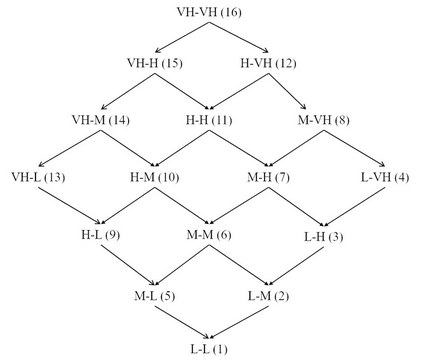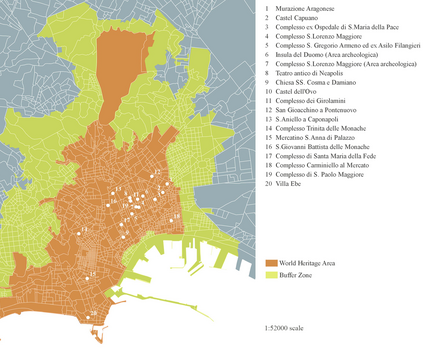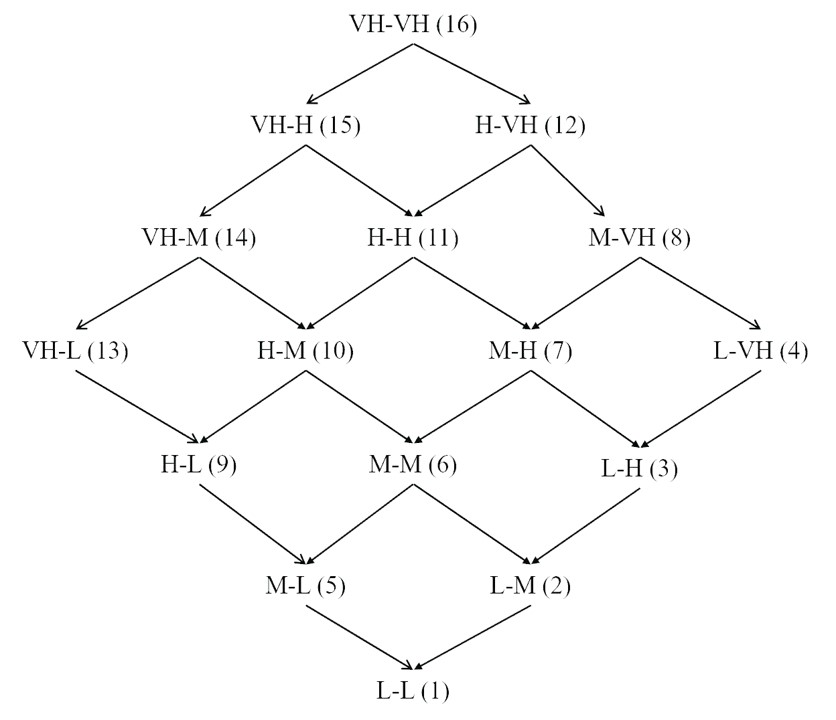This paper presents a new methodology that combines a multiple criteria sorting or ranking method with a project portfolio selection procedure. The multicriteria method permits to compare projects in terms of their priority assessed on the basis of a set of both qualitative and quantitative criteria. Then, a feasible set of projects, i.e. a portfolio, is selected according to the priority defined by the multiple criteria method. In addition, the portfolio must satisfy a set of resources constraints, e.g. budget available, as well as some logical constraints, e.g. related to projects to be selected together or projects mutually exclusive. The proposed portfolio selection methodology can be applied in different contexts. We present an application in the urban planning domain where our approach allows to select a set of urban projects on the basis of their priority, budgetary constraints and urban policy requirements. Given the increasing interest of historical cities to reuse their cultural heritage, we applied and tested our methodology in this context. In particular, we show how the methodology can support the prioritization of the interventions on buildings with some historical value in the historic city center of Naples (Italy), taking into account several points of view.
翻译:本文件介绍了一种新方法,将多种标准分类或排序方法与项目组合选择程序结合起来,多标准方法允许根据一套质量和数量标准对项目的优先次序进行比较,然后根据多种标准方法所确定的优先次序选择一套可行的项目,即组合,此外,组合必须满足一系列资源限制,例如现有预算,以及一些逻辑限制,例如与共同选择的项目或相互排斥的项目有关的逻辑限制。拟议的组合选择方法可以在不同情况下适用。我们介绍了城市规划领域的应用,我们的方法允许根据优先事项、预算限制和城市政策要求选择一套城市项目。鉴于历史城市对重新利用文化遗产的兴趣日益增加,我们在此背景下应用和测试了我们的方法。我们特别说明该方法如何支持将具有某些历史价值的建筑纳入那不勒斯(意大利)历史城市中心(意大利)的干预措施置于优先位置,同时考虑到若干观点。






